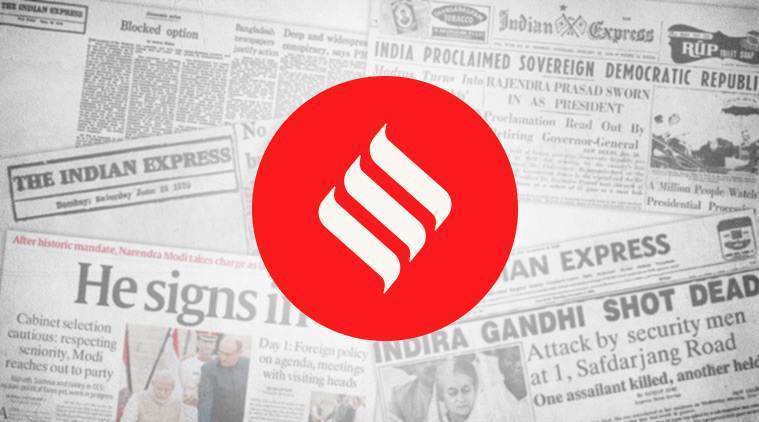Opinion Small and inclusive
New approach to granting licences to small finance and payment banks is welcome, will make sector more competitive
 The most striking drawing also tells a story — a hunting scene in which the human figures are not completely human, but have animal attributes.
The most striking drawing also tells a story — a hunting scene in which the human figures are not completely human, but have animal attributes.  The new approach to granting differentiated licences to small finance banks and payment banks is welcome, especially given the current context
The new approach to granting differentiated licences to small finance banks and payment banks is welcome, especially given the current context
INDIA’S central bank has often been criticised for being too conservative when it comes to lifting the entry barriers for new players in the banking sector.
Three years after the RBI approved licences to 10 small finance banks, the regulator has now issued the final guidelines for licensing such banks throughout the year or on tap, encouraged presumably by the performance of some of these entities.
The bar has been raised for new entrants in terms of higher capital requirements — Rs 200 crore now from Rs 100 crore earlier — besides stiffer prudential norms on a continuing basis and a mandatory requirement to list after three years when the net worth tops Rs 500 crore.
The new approach to granting differentiated licences to small finance banks and payment banks is welcome, especially given the current context where the established full service large banks are scaling back their franchises to reduce expenditure and in light of the collateral impact of the planned mergers of some of the state-owned banks.
Small finance banks have the potential to provide an alternative to some of the existing institutions with their mandated focus on small and medium businesses, the informal sector, small and marginal farmers and thus on increasing financial inclusion and serving a variety of unserved clients in the hinterland and tier three and four cities and towns.
The RBI itself has said that a review of the performance of small finance banks shows that they have achieved their priority sector targets and attained the mandate for furthering financial inclusion, building a strong case for the entry of more players.
Early reports, too, indicate that though these banks account for less than 0.5 per cent of total deposits and less than a per cent of total advances, many of them have been growing their loan book at a good clip. But where these new institutions — quite a few of which are former MFIs — are going to be tested is not just in building a brand franchise but also in ensuring relatively low-cost operations by diversifying their loan portfolios and lowering the old legacy loan stock and wholesale deposits, which can be costly and putting in place robust technology platforms and modern risk management systems.
The experience of the last two decades has shown that a competitive banking system can help foster a more inclusive financial sector. Small finance banks could well occupy the space being gradually vacated by some of the bigger banks and complement them too in segments such as micro and small businesses and the informal sector.
Their success will, however, be contingent on asset quality, the trust they are able to build progressively, the level and standards of governance and regulatory oversight.




